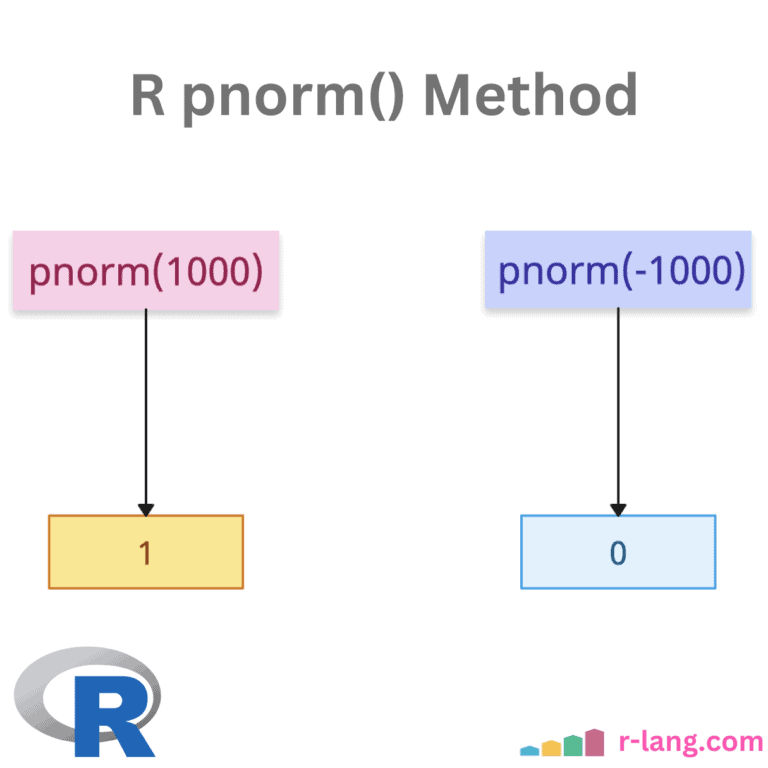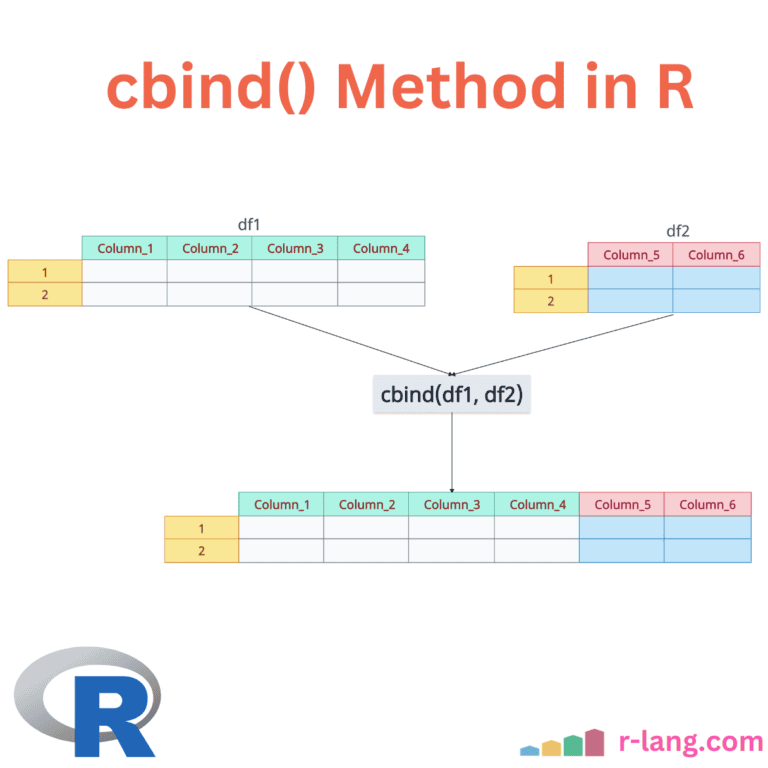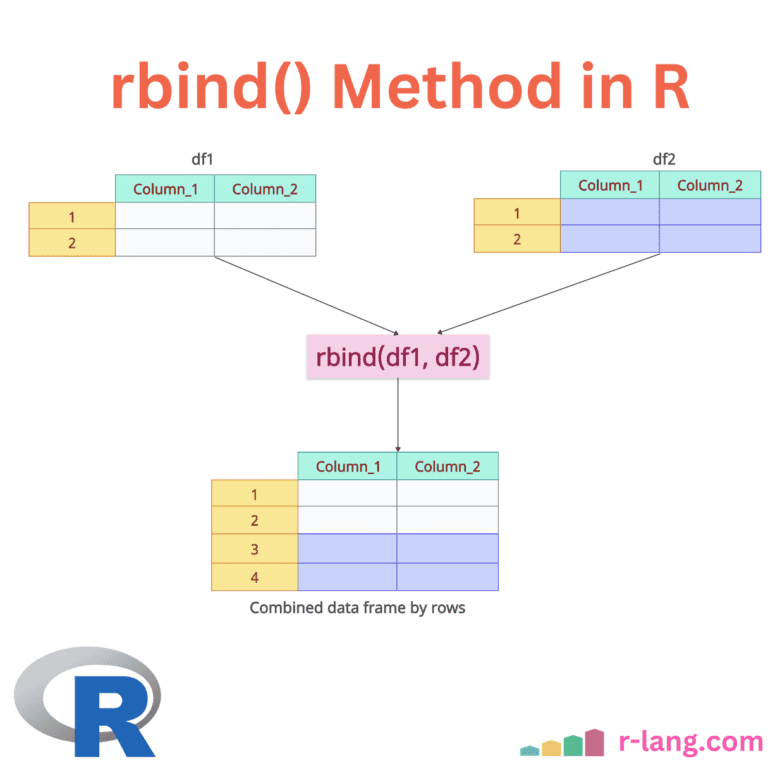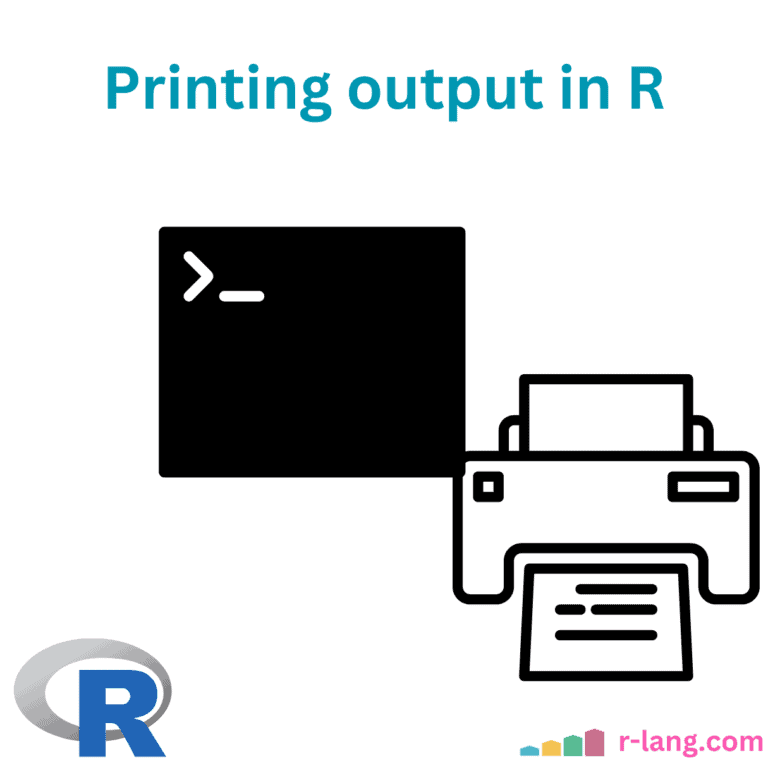How to Calculate Standard Error in R
Standard Error (SE) measures the variability or dispersion of the sample mean estimate of a population mean. Here are three ways to calculate standard error in R: Using sd() with length() Using the standard error formula Using std.error() from plotrix package Here is the basic formula: where: σ = sample standard deviation n = sample … Read more










